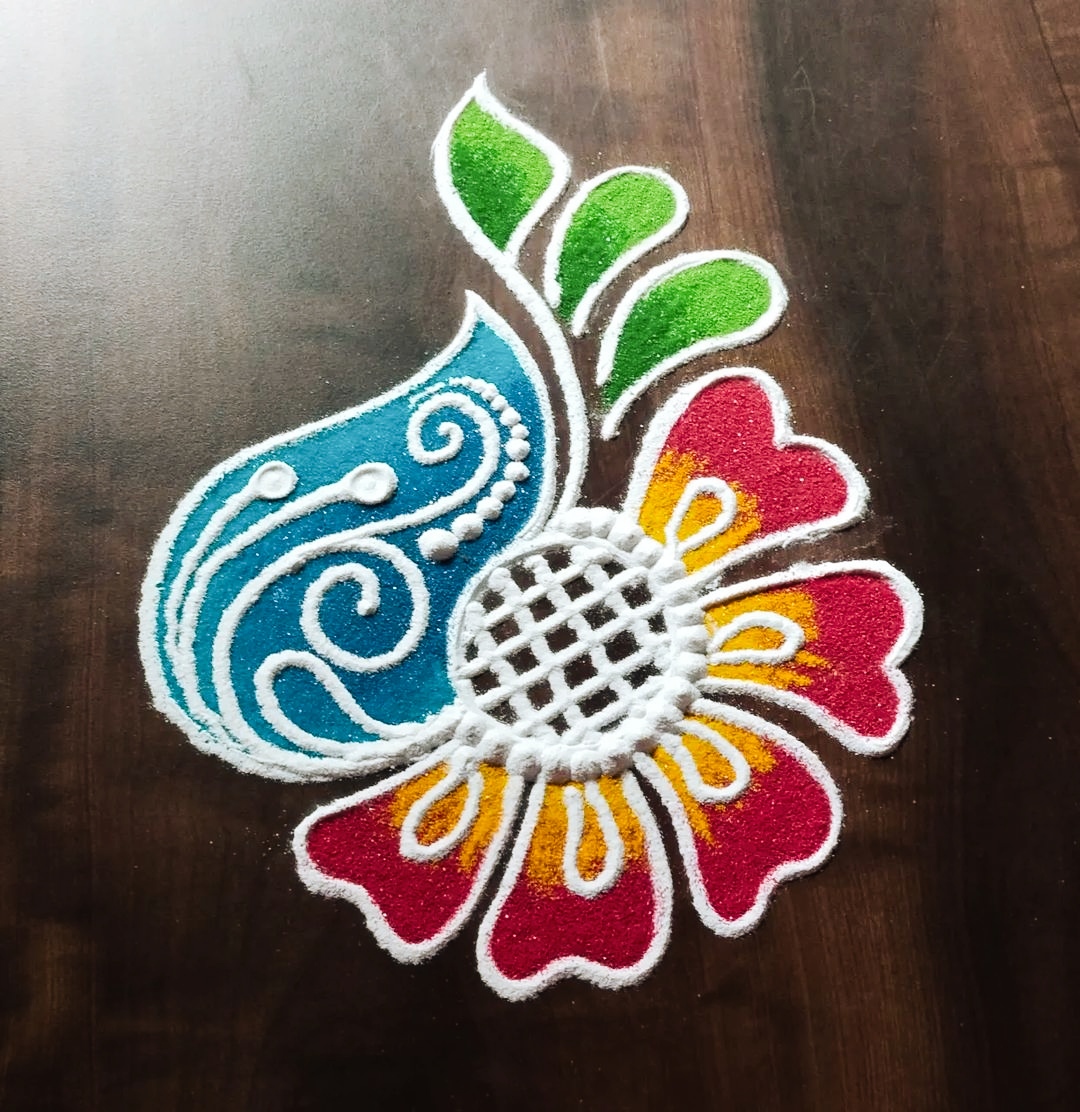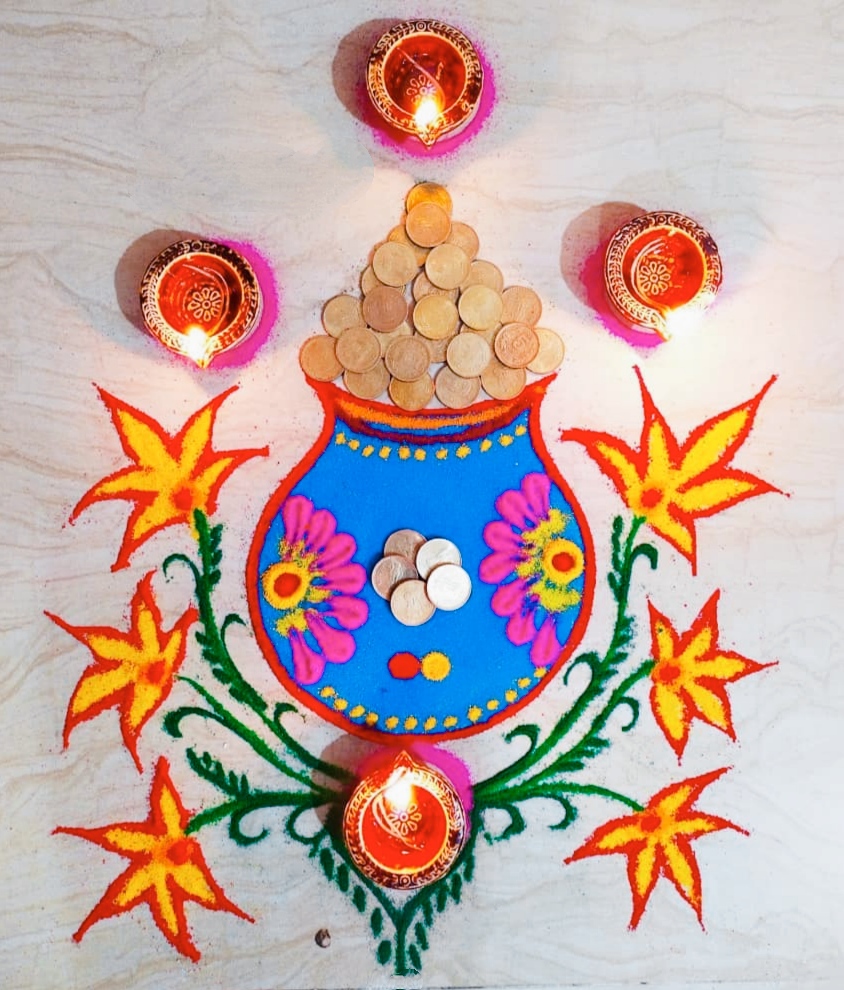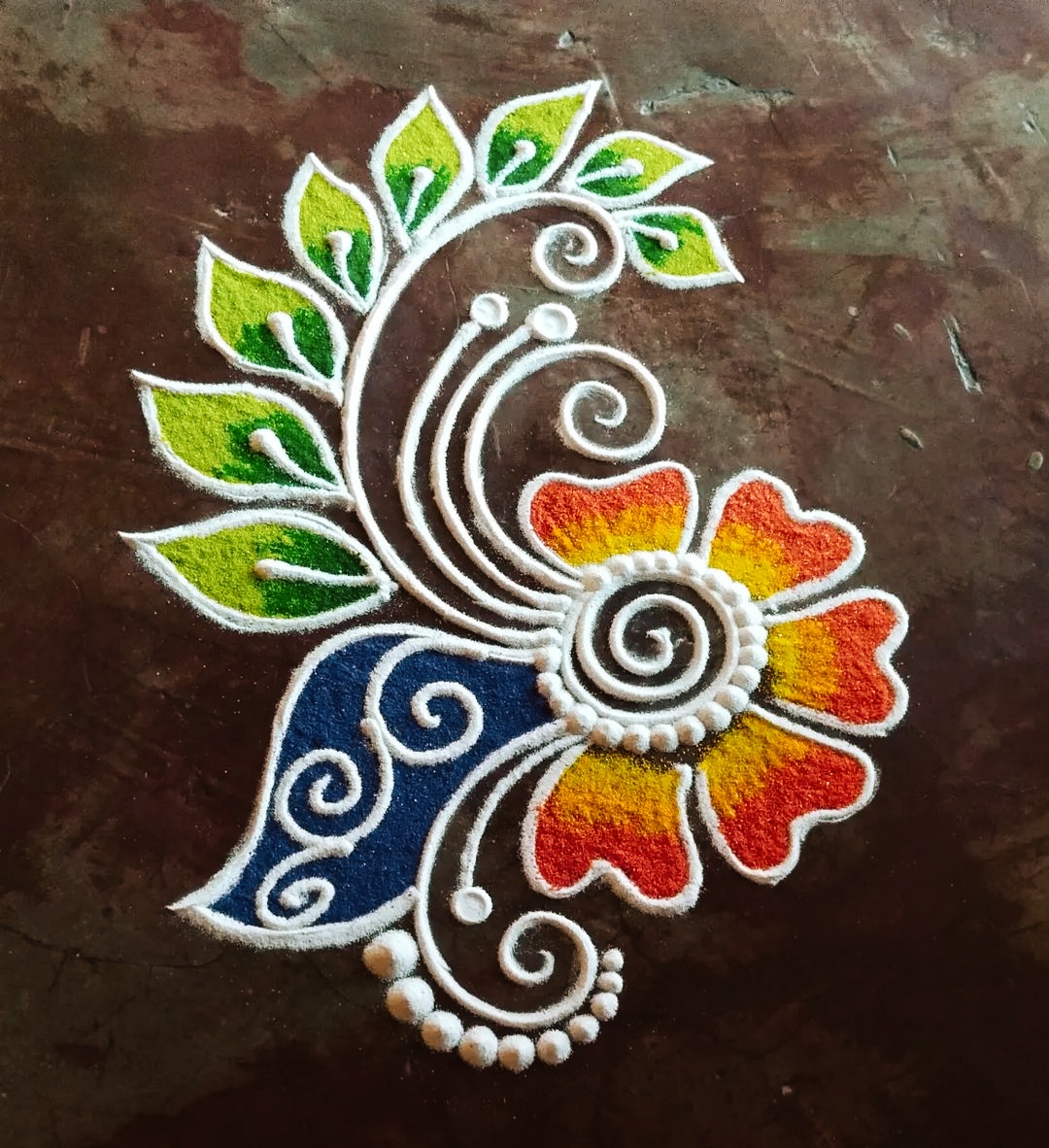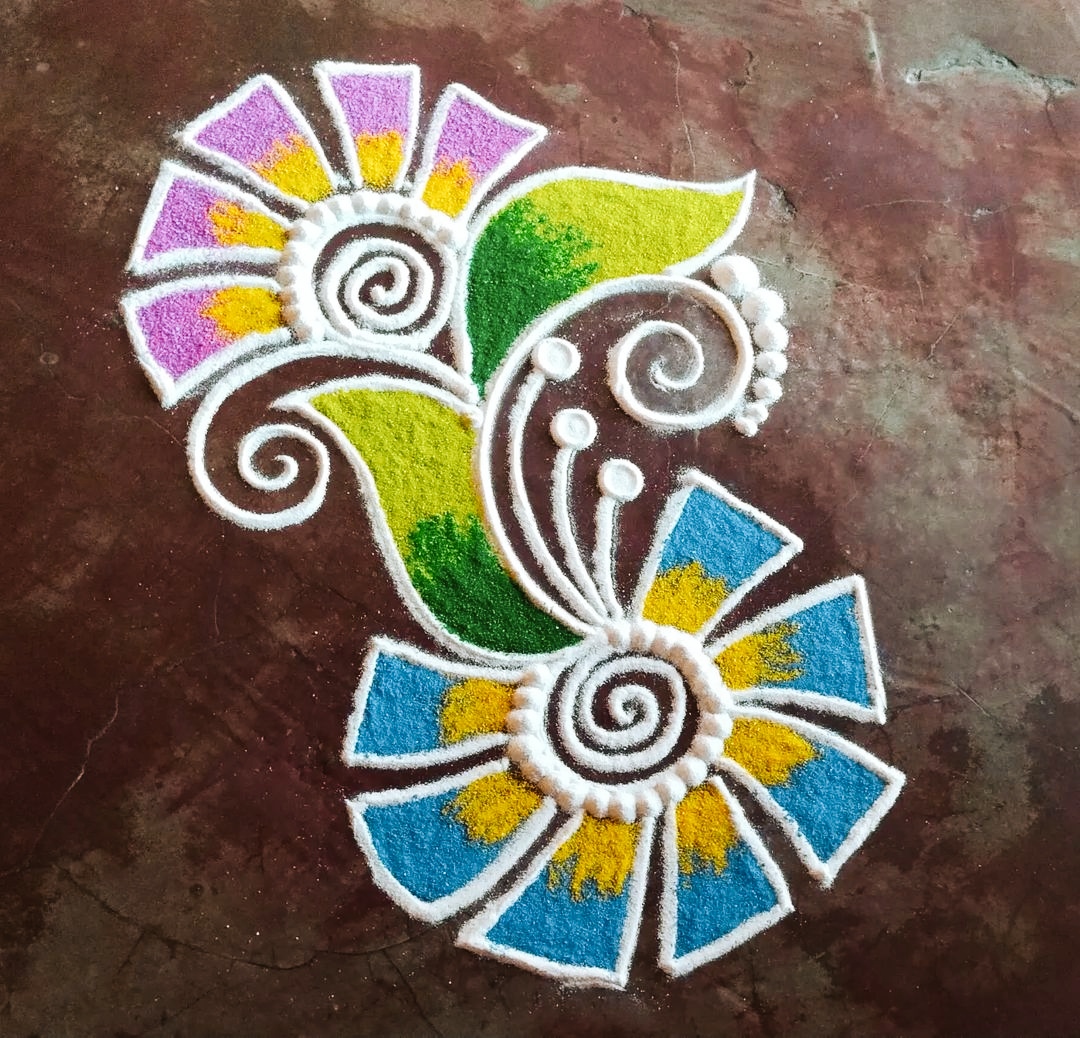Hello friends, welcome to your website Mixing Images. Friends, today’s post is going to be very special because today we have brought for you – Rangoli For Diwali, Rangoli Design For Diwali, Rangoli Designs For Diwali, Diwali Rangoli, Diwali Rangoli Design.
Rangoli For Diwali
Rangoli Design For Diwali
Rangoli Designs For Diwali
Diwali Rangoli
Diwali Rangoli Design
Expanding on the beauty and depth of Rangoli, it’s clear that this art form intertwines culture, history, and spirituality to enhance Diwali’s festive ambiance. Beyond its traditional aspects, Rangoli serves as a reflection of Indian culture and values, where art and symbolism speak volumes.
Rangoli As A Symbol Of India’s Cultural Diversity
India is a land of diverse cultures, each with its unique art forms and traditions. Rangoli, though a common element across Indian households, is made in varying styles depending on the region. In Maharashtra, Rangoli designs are often geometric and minimalist, while in Tamil Nadu, people create large, intricate Kolams using rice flour, meant to feed ants and small creatures. In Gujarat, Rangoli patterns are elaborate, often featuring flowers and animals, while in Rajasthan, designs include lively colors and vibrant themes. This regional variety highlights India’s cultural richness, as each style offers a glimpse into the local traditions and way of life.
Rangoli’s Role In Storytelling And Folklore
Rangoli can also serve as a form of storytelling. In many Indian households, elders share folktales or historical legends while creating Rangoli, passing down stories to younger generations. Certain motifs used in Rangoli—such as images of deities or the lotus flower—carry tales of ancient legends. The lotus, for instance, is closely associated with Goddess Lakshmi, symbolizing purity and enlightenment. These stories enrich the experience of making Rangoli, adding a layer of meaning and creating memories that link families to their heritage.
Rangoli As A Meditative Practice
The process of creating Rangoli can be meditative, promoting mindfulness and focus. Making intricate designs requires patience and attention to detail, allowing the artist to concentrate solely on the act of creation. This mindful approach to making Rangoli helps reduce stress and brings a sense of calm to the artist. Many describe the experience as grounding, helping them connect with the present moment. Diwali’s emphasis on spiritual renewal and cleansing aligns perfectly with this practice, as Rangoli becomes a form of meditation, symbolizing inner peace and balance.
Connection With Nature And Sustainability
Recently, there’s been a resurgence of eco-conscious Rangoli made with organic, biodegradable materials. Natural powders, flower petals, leaves, and even spices like turmeric and saffron are used, which not only make the designs vibrant but also support sustainable practices. Many families and communities are rediscovering ways to make Rangoli that honor the Earth. By choosing natural materials, the tradition serves as a reminder to live harmoniously with nature, especially during a festival that celebrates light and life.
Evolution Of Rangoli in Contemporary Times
While traditional Rangoli remains cherished, modern adaptations have made their way into Diwali celebrations. With the rise of city life and smaller living spaces, people often use stencils or Rangoli stickers that mimic traditional designs but require less time and effort. In some cases, people use LED lights or artificial flowers to create Rangoli-inspired designs that add a festive glow to urban spaces. While these adaptations may lack the organic charm of handmade Rangoli, they still hold symbolic significance, showing how tradition can adapt to the modern world without losing its essence.
Fostering Cross-Cultural Appreciation
The practice of Rangoli has gained international appeal, particularly as the Indian diaspora celebrates Diwali around the world. It’s not uncommon to see Rangoli displays in cities far from India, in places like New York, London, and Sydney, where communities come together to share this art form with people from other cultures. Rangoli has even become a part of cultural events and exhibitions, fostering an appreciation for Indian culture globally. Through Rangoli, people from different backgrounds gain insight into Indian traditions, enhancing cross-cultural respect and understanding.
Rangoli in The Digital Age
In today’s digital age, social media has given Rangoli a new platform. Artists and enthusiasts share their designs online, inspiring others and preserving Rangoli as a vibrant, living tradition. From online competitions to instructional videos, digital spaces are bringing Rangoli to a wider audience. This virtual connection keeps the tradition alive and evolving, especially for younger generations who may not have learned it directly from family members. Virtual Rangoli workshops and online tutorials are especially popular during Diwali, allowing anyone, anywhere, to partake in this beautiful tradition.
Rangoli’s Role in Mental And Emotional Well-Being
Many find that making Rangoli brings joy, relaxation, and a sense of accomplishment. The act of creating something beautiful that symbolizes prosperity and positivity can improve mental and emotional well-being, fostering happiness and peace during the festival. For families, making Rangoli can strengthen emotional bonds, offering a moment of togetherness and shared joy. Whether simple or intricate, Rangoli creation becomes a personal ritual, adding meaning to Diwali celebrations and uplifting spirits.
Final Word
Friends, how did you like today’s post, do tell us by commenting. If you liked our post then share this post with your friends.






























